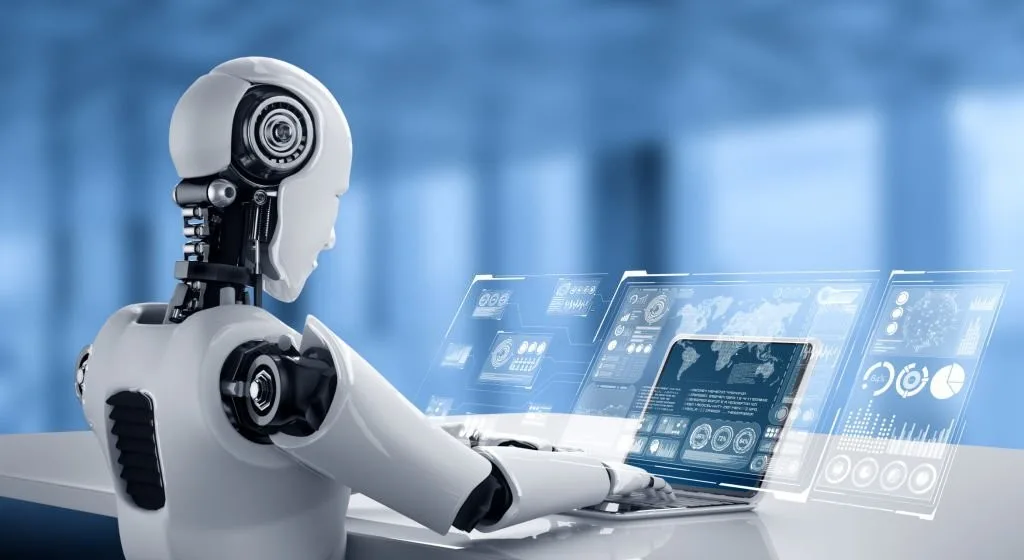Robots can walk, talk, and even dance — but can they care?
The next frontier of robotics isn’t physical dexterity; it’s emotional intelligence. Engineers are teaching machines to recognize tone, mimic empathy, and respond with nuance.
In elderly care facilities in Japan, humanoid robots remember residents’ stories and greet them with warmth. In classrooms, AI companions help children with autism interpret emotions. These aren’t soulless automata — they’re synthetic socializers.

The challenge isn’t mechanics — it’s ethics. When a machine shows compassion, is it real or simulated? And does it matter, if the comfort feels genuine?
Psychologists argue that empathy isn’t about feeling — it’s about responding appropriately. By that logic, a robot that calms a crying child might be more empathetic, in effect, than a distracted human.
Emotional robotics isn’t replacing humanity; it’s reflecting it back. The goal isn’t to make robots more human — it’s to remind humans what empathy actually means.
News
The Ghost in the Machine: When Artificial Intelligence Starts Asking Who It Is
There’s a strange hum in the background of modern civilization. It’s the sound of millions of processors thinking — not…
The Age of Synthetic Life: Programming Biology Like Code
For billions of years, evolution shaped life through randomness. Now, humans are editing nature with precision. Synthetic biology is the…
Deepfake Nation: When Reality Itself Becomes Editable
In 2025, truth no longer needs to be destroyed — it just needs to be remixed.Deepfakes have evolved far beyond…
The Blockchain Beyond Crypto: The Quiet Revolution You Missed
Crypto made headlines — but blockchain’s real revolution was never the coins. It’s the infrastructure beneath them. Think of blockchain…
The AI Arms Race in Education: Learning Without Teachers?
In classrooms from California to Seoul, students are learning from something that isn’t human. AI tutors are grading essays, generating…
Edge Computing: The Cloud Comes Down to Earth
For years, we sent our data to “the cloud” — massive data centers miles away, humming with heat and latency….
End of content
No more pages to load












